Description
General Objective
To incorporate the updated knowledge of the actions of a surgical instrumentalist to perform in the ward areas of health facilities.
Addressed to:
University nurses and final year students and other health professionals may apply (the latter subject to the approval of the academic committee).
Content
Module I: GENERAL OR PRINCIPLES
Operating room regulations and infrastructure
Concept of surgical environment
Pre-operative and post-operative period
Structure and infrastructure of the surgical block.
Organization of the activity of the surgical block
Module II: SURGICAL PATIENTS
Characteristics of the surgical patient
Surgical risk assessment
Legal aspects of surgery and Informed Consent
Preoperative preparation of the patient
Risk prevention in surgery
Module III: INTRAOPERATIVE MANAGEMENT
Surgical positioning and electrosurgery
Antiseptics and surgical hand washing.
Prevention of surgical wound infection.
Sterilization and surgical instruments
Module IV: SURGICAL INSTRUMENTALS
Role of the surgical instrumentalist
Hand washing (clinical and surgical)
Surgical clothing, gown and gloves installation
Preparation and care of the sterile field
General considerations for surgical instrument table preparation
Examples of assembled surgical instrument tables
Definition and classification of surgical instruments (function and shape), (parts of a forceps)
Surgical terminology
Surgical box and generic instruments
Grasping forceps and spreaders, specula
Basic surgical maneuvers
Instrument care (before, during and after use) (situations in which surgical material should not be used).
Module V: SURGICAL PROCEDURES
Surgical Anatomy, Topography
Types of surgery
Surgical Techniques
Open Surgery / Laparoscopic Surgery
Minimally Invasive Surgery (MIS)/ Robotic Surgery
Laser surgery, Lasik
Abdominal, thoracic surgery
Peripheral Vascular Surgery
Aesthetic, plastic and burn surgery.
Oncologic Surgery
Urology, gynecological and obstetric surgery.
Traumatologic and Orthopedic Surgery.
Other specialty surgeries
Module VI: SUTURES
History and definition of suture
Classification and use of sutures
Surgical needle, parts and requirements
Suture techniques
Use of mechanical suture
Use of surgical drains and meshes
Module VII: SURGICAL PREVENTIVE MEASURES
Allergy to latex and prevention of complications
Malignant hyperthermia and prevention of complications.
Surgical wound classification
Surgical wound infection prevention and control measures.
Module VIII: SURGICAL HEALTH EQUIPMENT
Human resource management in the operating room
Concept and styles of communication
Effective communication, social skills, empathy and assertiveness, non-verbal communication.
Teamwork, rules of belonging and boundaries
Decision making for team work.
Most frequent chemical risks in the surgical block.
Physical risks for operating room personnel (physical and postural load, injuries).
Ionizing radiation in the operating room.
Biological risk for ward personnel
Additional information
| Country | Chile |
|---|---|
| Duration | 80 hrs |
| Certification | AST |
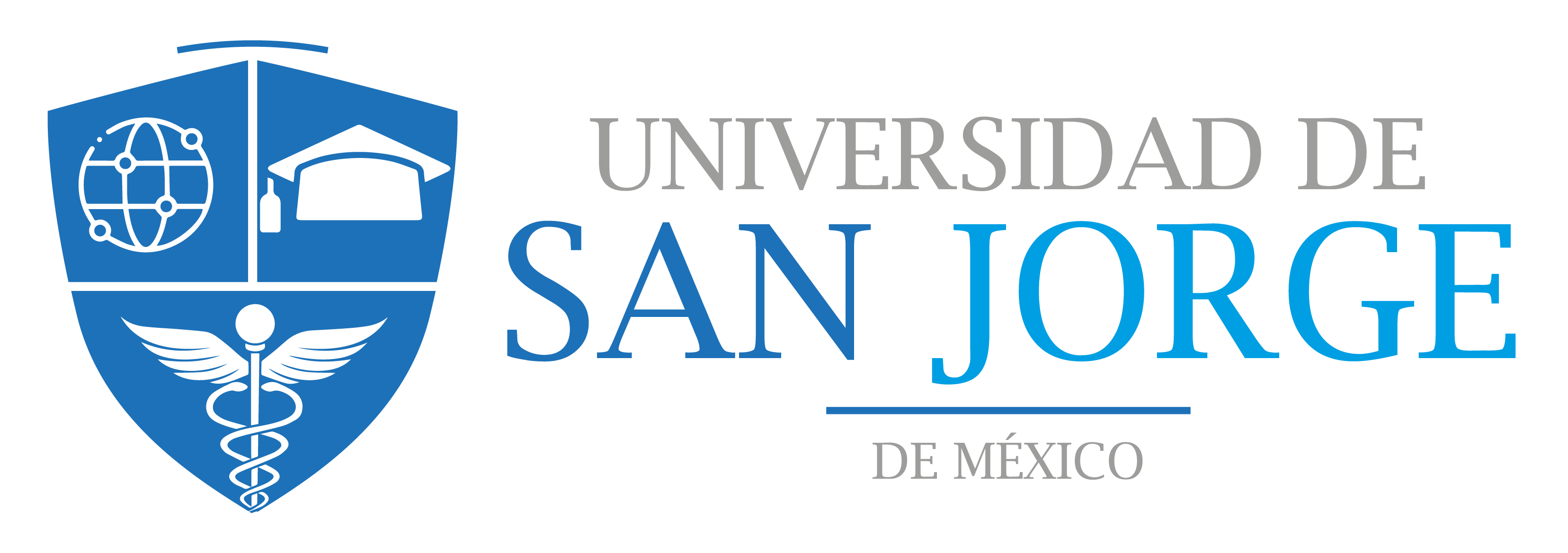
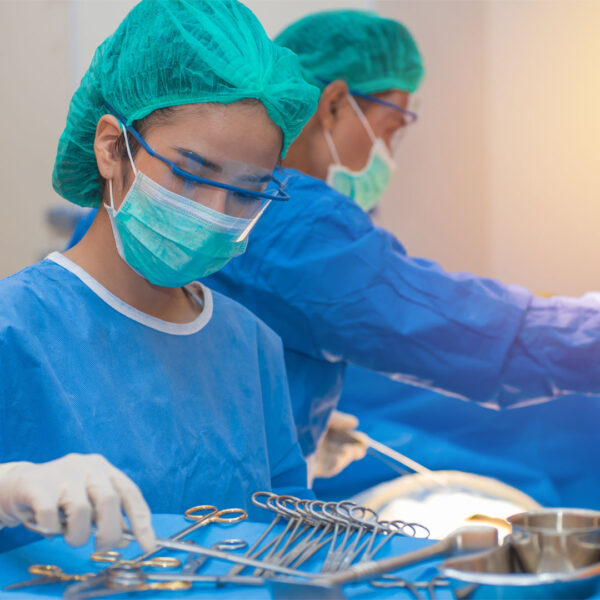

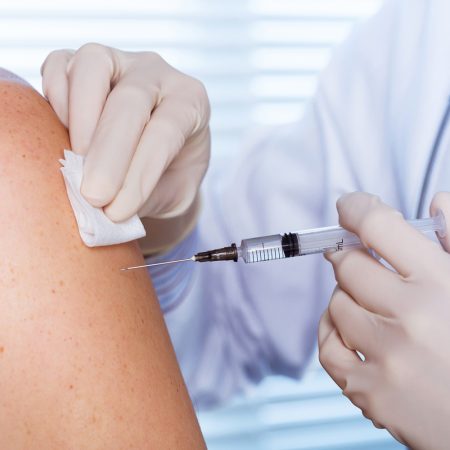
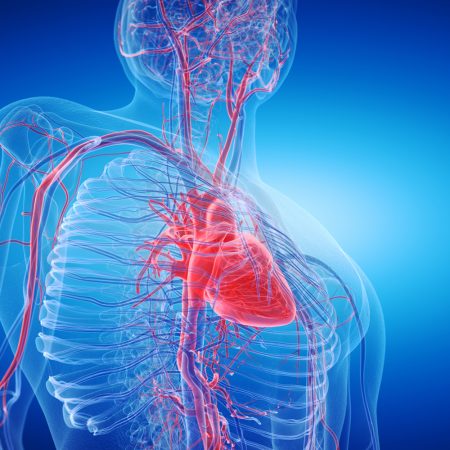

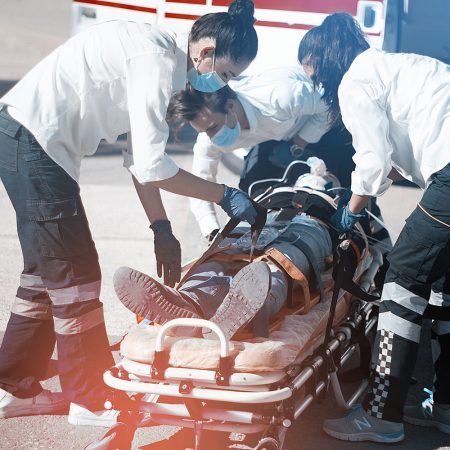
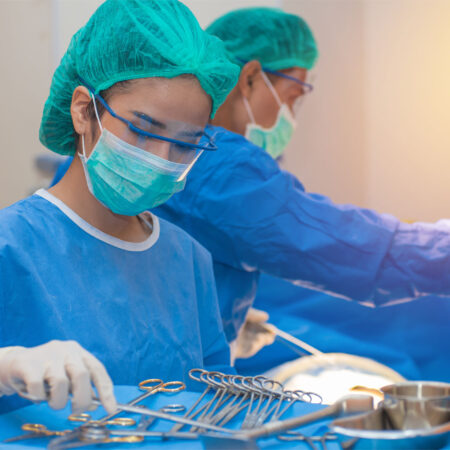
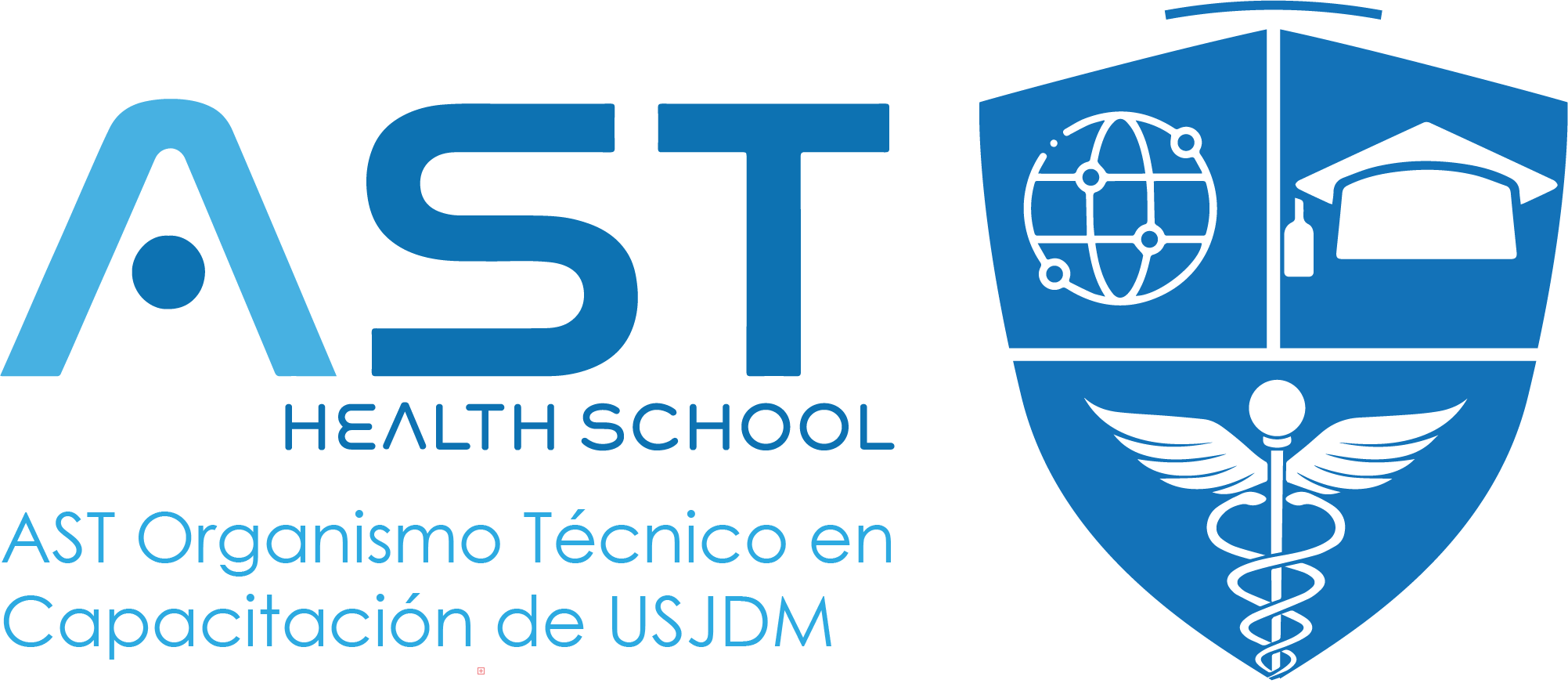



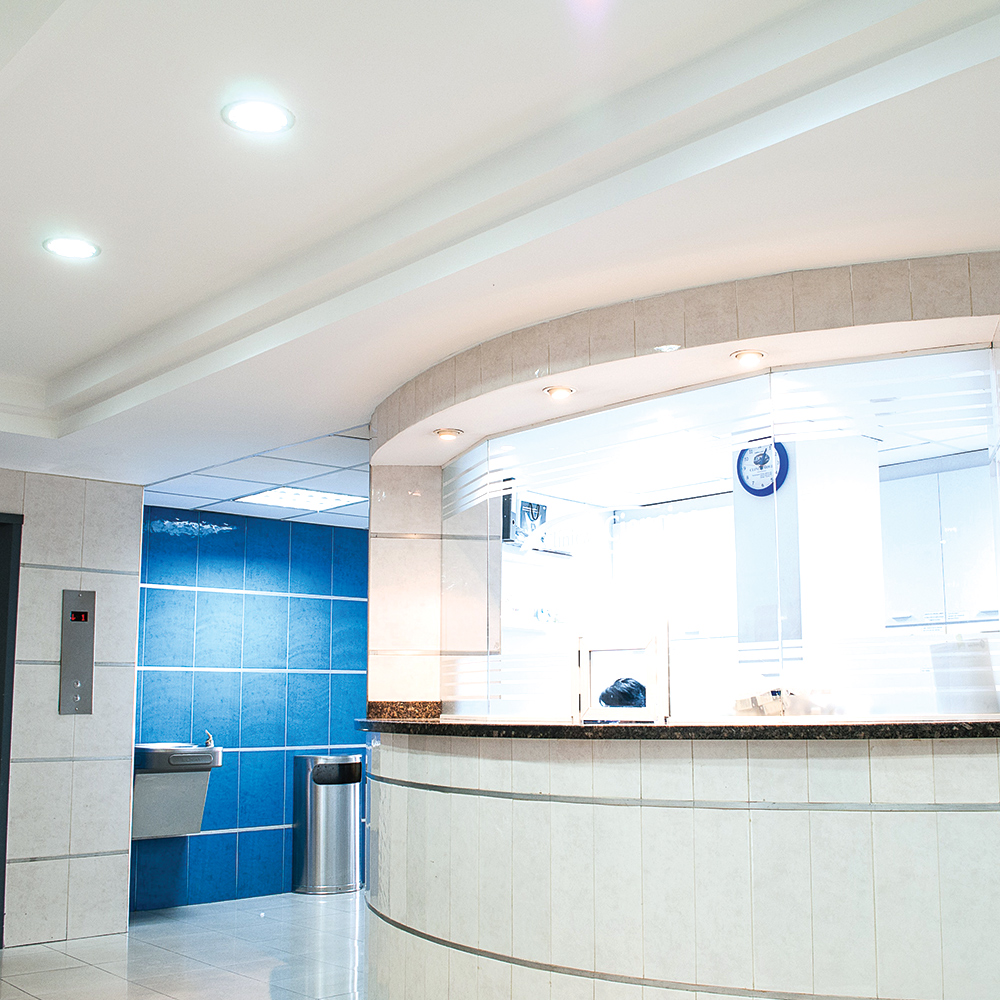

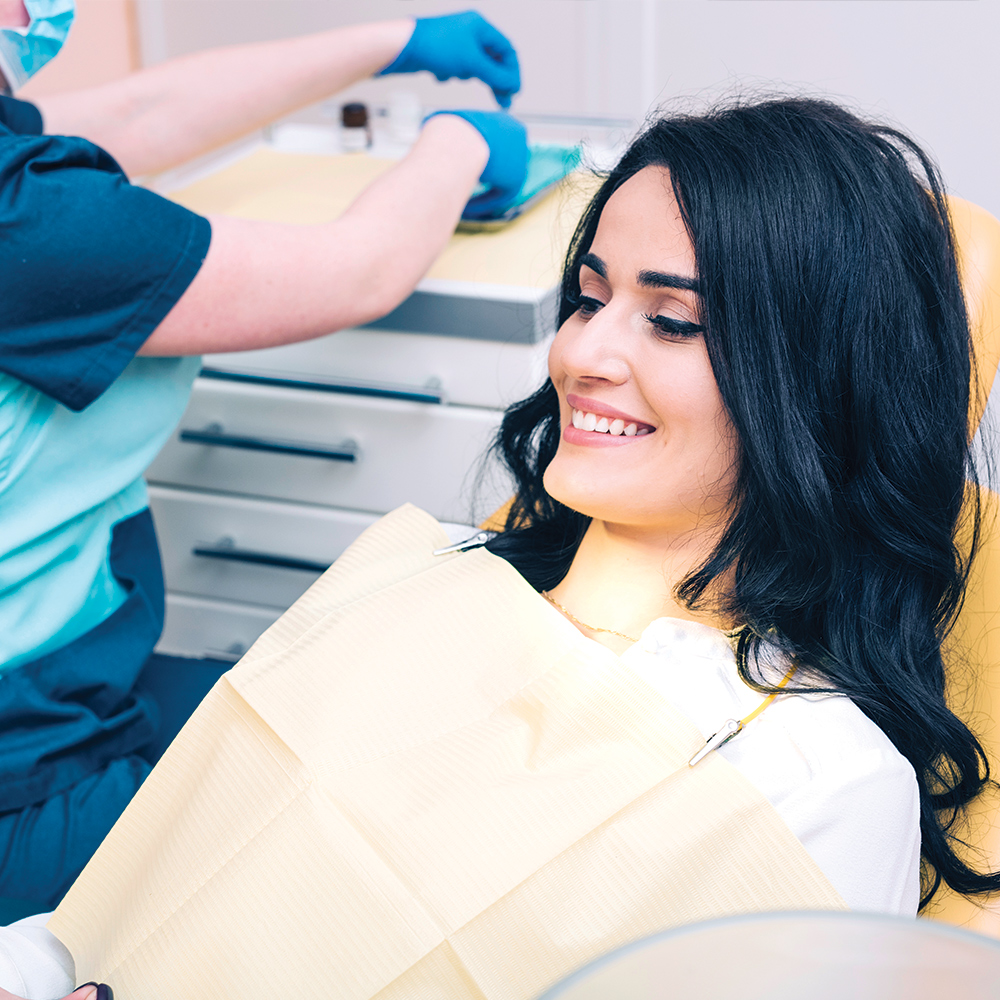
Ratings
No ratings yet.